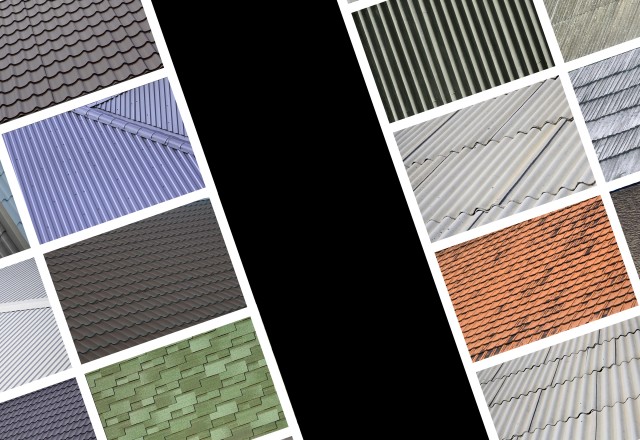Looking to replace your flat roof? In this article, we’ll explore the pros and cons of 5 different types of flat roofs. Whether you’re considering built-up roofing (BUR), modified bitumen roofing, single-ply membrane options, EPDM (rubber) roofing, or PVC and TPO roofing systems, we’ve got you covered.
Discover the benefits and drawbacks of each option so you can make an informed decision for your home or business.
Let’s dive in and find the perfect flat roof for you.
Pros and Cons of Built-Up Roofing (BUR)
If you’re considering built-up roofing (BUR), you should be aware of its pros and cons.
Built-up roofing is a popular choice for flat roofs due to its durability and longevity. One advantage of BUR is its ability to withstand extreme weather conditions, such as heavy rain, snow, and high winds. Additionally, it provides excellent fire resistance, which can be crucial for the safety of your property.
On the other hand, there are a few disadvantages to consider. BUR is a labor-intensive installation process, requiring multiple layers of roofing materials. This can increase the cost and time required for installation. Furthermore, BUR is quite heavy, so the structure of your building may need to be reinforced to support the added weight.
Considering these factors, it’s important to weigh the advantages and disadvantages before choosing built-up roofing. Exploring the benefits of modified bitumen roofing, another popular flat roof option, can provide you with more information on your roofing choices.
Exploring the Benefits of Modified Bitumen Roofing
You’ll really appreciate the benefits of modified bitumen roofing. One of the main advantages is its torch down application method, which provides a seamless and watertight seal.
Unlike traditional asphalt roofing, modified bitumen is more flexible, making it resistant to cracking and splitting. This durability allows it to withstand extreme weather conditions, including high winds and heavy rainfall.
Additionally, modified bitumen has a longer lifespan compared to asphalt roofing, which means fewer repairs and replacements over time. Another benefit is its energy efficiency. The reflective surface of modified bitumen helps to reduce heat absorption, keeping your building cooler and lowering energy costs.
With all these advantages, it’s no wonder why modified bitumen roofing is a popular choice for flat roofs.
Now, let’s move on to understanding single-ply membrane roofing options.
Understanding Single-Ply Membrane Roofing Options
Let’s take a look at the different options available for single-ply membrane roofing.
When it comes to single-ply roofing, three popular choices stand out: PVC, TPO, and EPDM.
PVC roofing offers numerous advantages such as durability, energy efficiency, and resistance to chemicals, fire, and punctures.
TPO, on the other hand, is known for its affordability and ease of installation.
EPDM, also known as rubber roofing, is a popular choice due to its longevity, flexibility, and resistance to UV rays.
When comparing TPO and EPDM, both offer energy efficiency and durability, but EPDM is often favored for its superior resistance to extreme temperatures.
Now let’s dive into the advantages of EPDM roofing without missing a beat.
The Advantages of EPDM (Rubber) Roofing
EPDM roofing offers a range of benefits. One advantage is its durability, flexibility, and resistance to UV rays. Another advantage is the ease of installation process. With EPDM, you can choose from fully adhered, mechanically attached, or ballasted installation methods. This makes it a versatile option for any project. Additionally, EPDM is known for its longevity. It can last up to 50 years with proper maintenance. Its flexibility allows it to expand and contract with temperature changes, reducing the risk of leaks. Furthermore, EPDM roofs are resistant to UV rays, preventing premature aging and degradation.
Now, let’s examine the versatility of PVC and TPO roofing systems. These systems offer their own unique set of advantages.
Examining the Versatility of PVC and TPO Roofing Systems
PVC and TPO roofing systems offer a range of benefits and are known for their versatility in various construction projects.
When it comes to PVC roofing, the advantages are numerous. PVC roofs are highly durable, resistant to chemicals, and have a long lifespan. They are also energy-efficient, as they reflect sunlight and reduce cooling costs. Additionally, PVC roofs are easy to install and maintain, making them a popular choice for many homeowners and contractors.
On the other hand, TPO roofing has a few disadvantages that need to be considered. While TPO roofs are known for their affordability, they may not be as durable as other roofing materials. They can be prone to punctures and are not as resistant to chemicals as PVC roofs. Furthermore, TPO roofs may not have the same level of weather resistance as other roofing systems.


